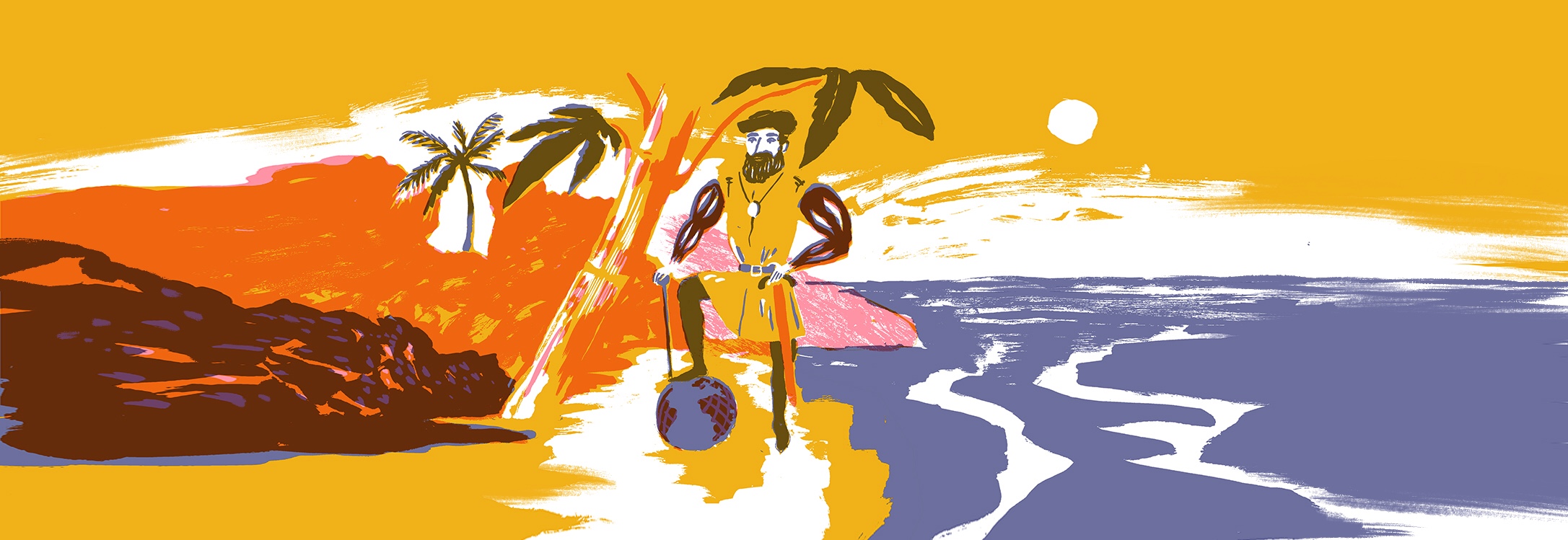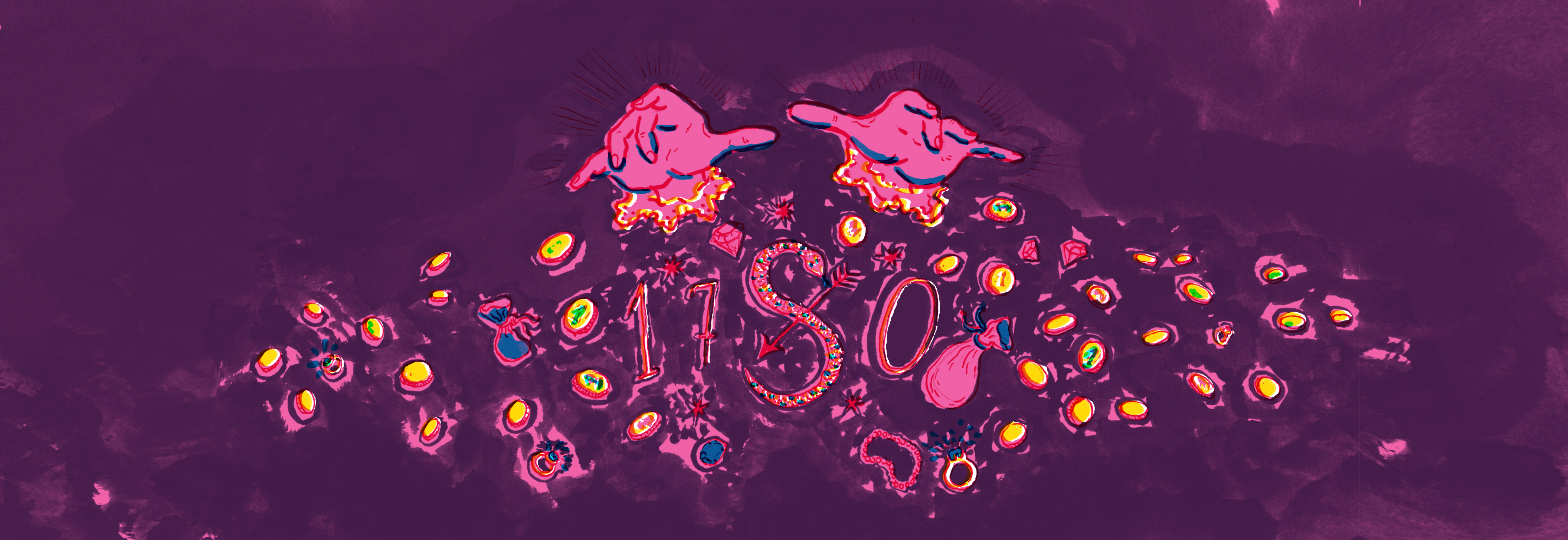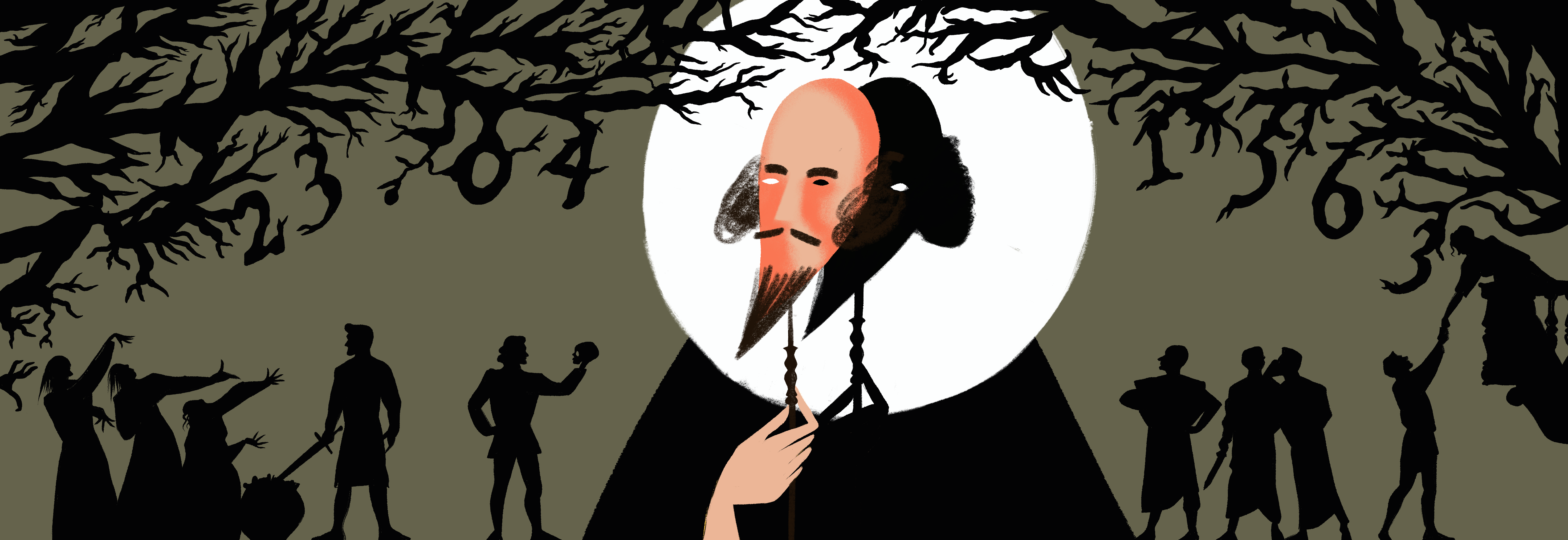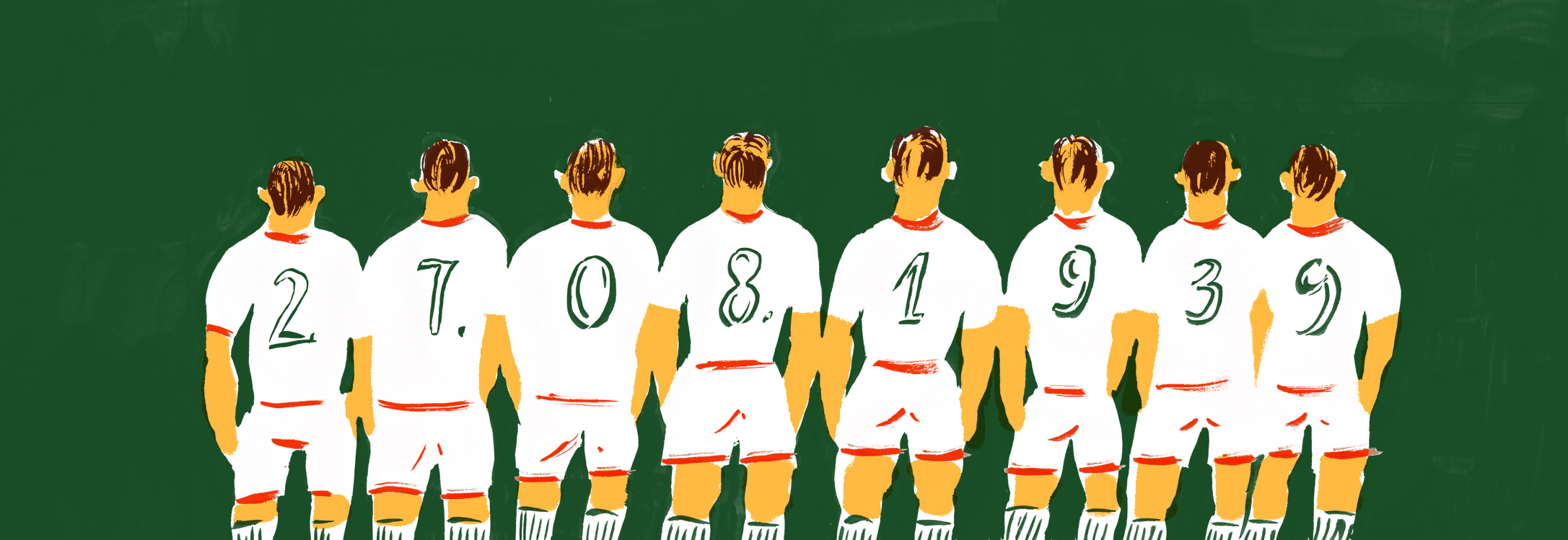
The greatest excursion in human history – until the first trip to the moon – began inconspicuously: at dawn, with no fanfare. The party left the Spanish port of Sanlúcar, the same one that saw Columbus take off on his third travel to the ‘New World’ (and unlucky at that, as it ended in shackles). Time showed it to be a bad omen. But who could have suspected it back then…
Perhaps there were some sceptics among the crew, though: the Spanish sailors. The expedition was led by a man who failed to inspire trust. His name was Ferdinand Magellan and he was Portuguese, which made him a representative of a rival colonialist empire. Beforehand, Magellan had tried convincing the Portuguese monarch to support his ideas, but he lost his position in court instead. In Madrid, he fared considerably better. The young king Charles V and his advisors remembered that Columbus, also a foreigner, ended up contributing to Spanish glory and wealth. And so they decided to trust Magellan too, if not without hesitation. The sailor was given command over five ships and a crew of 270 men. Enough people to ignite a spark of rebellion over the long trip.
For fame and money
And it was going to be a very long trip indeed. From the delta of Guadalquivir River in Andalusia and into the Atlantic, the ships were headed far west. So far, that they would return to their motherland from the east. What Magellan was planning was to circumnavigate the globe. Only the most strident conservatives and obscurantists still insisted that the Earth was flat. Serious researchers no longer had any doubts. And Magellan was to be the first man in history to confirm this idea.
However, to tell the truth, Magellan’s excursion wasn’t all about prestige and science. Big money was also on the table! Since 1494, Spain and Portugal were bound by the Treaty of Tordesillas. When negotiating its terms, Pope Alexander I Borgia (who was the mediator between the conflicted colonial Christian empires) drew a line on the Atlantic to divide the incomes of Madrid and Lisbon coming from the newly conquered territories. All land to the east of this line – meaning Africa and Asia – would be under Portugal’s jurisdiction. The land to the west – being the Americas and the Caribbean – was subject to Spain’s influences.
The idea was simple. But the Spanish felt hard-done by the deal, as the Portuguese side got, among other territories, the Maluku Islands (situated between today’s Indonesia and the Philippines), which became the main supplier of Europe’s most expensive spices – including nutmeg, cinnamon and pepper. The rulers in Madrid certainly didn’t find the deal very appealing. That’s when Magellan knocked on their doors, suggesting that the Spice Islands could be accessed not only from the eastern, ‘Portuguese’ side, but also from the west! This would allow Spain to conquer yet-undiscovered islands while, technically, keeping faithful to the Tordesillas resolutions.
Stink, subversion and spices
The idea was worth the risk. Magellan found sponsors and was given five ships. Four were carracks – Trinidad (the flagship), San Antonio, Victoria and Concepción, as well as one caravel, Santiago. The ships set sail. Upon hearing the news of Magellan’s expedition, the Portuguese sent their own fleet to chase it, but Ferdinand managed to escape his kinsmen. He sailed across the Canary Islands and Cape Verde to reach the shores of Brazil in early December, which was still on the Portuguese side of the demarcation line. One month later, the ships reached Rio de la Plata on the Spanish side. The crew spent the winter in frosty Patagonia. There, a revolt of displeased sailors erupted, but Magellan managed to put it out.
Further down the road, things didn’t get any easier. Santiago crashed while the fleet was looking for and testing the narrow sea route (today called the Strait of Magellan) that connected the Atlantic with the Pacific (whose name, meaning ‘the calm one’, was also coined by the Portuguese captain.) Then San Antonio rebelled and turned back to Spain. The remaining three ships managed to get to the other side.
The atmosphere on the deck was getting rotten – quite literally, too. As noted by the expedition’s chronicler Antonio Pigafetta, water went stale and was hardly drinkable, and sea biscuits were in equal parts dust and mouse droppings. The flying fish that sometimes accidentally landed on the deck were considered a delicacy, and even rats were not frowned upon.
The Mactan slip-up
In February 1521, the ships reached the Mariana Islands, from where the fleet sailed to the Philippines. They had a secret weapon on board: a translator, Enrique, of Malay descent. Raised in Asia, Enrique was later kidnapped by slave traders. Magellan had bought the man in one of his previous journeys (back when he still travelled under his motherland’s banner) while staying in the Portuguese colony of Malacca in Malaysia. Now, thanks to Enrique, Magellan managed to communicate with the leader of the Filipino island of Cebu. The captain baptized the leader and signed a trade agreement with him as a representative of Spain. The foreign monarch was as clever as he was civilized. He had no intention of risking conflict with a man wielding firearms, which had caused panic among the locals. On the contrary, he asked Magellan to follow up his declarations of newly-established friendship with actions and help him to suppress the rebellion of Silarupu – the neighbouring Mactan island’s jack-in-office.
Ferdinand agreed. On the morning of 27th April 1521, he reached the shores of Mactan and began to pacify the rebels. A quick, efficient landing operation was supposed to do the trick, but Magellan was unlucky. The boats could not reach the shore because of the rocks scattered around it, so the sailors were forced to get out and into the water. They fired shots from their arquebuses, but they stood too far to pierce the wooden shields of the Filipino warriors. Once the natives realized the invaders’ weapons could not hurt them, they started to come closer. They showered the Spaniards with arrows, aiming at their legs, unprotected by armour. Magellan himself also suffered a wound in the battle. Then he decided it was time to turn away, but it was too late. Pigafetta wrote:
“Thus we fought for more than an hour, until an Indian succeeded in thrusting a cane lance into the captain’s face. […] trying to draw his sword he was unable to draw it more than half way, on account of a javelin wound which he had received in the right arm. The enemies seeing this all rushed against him, and one of them with a great sword, like a great scimetar, gave him a great blow on the left leg, which brought the captain down on his face, then the Indians threw themselves upon him, and ran him through with lances and scimetars, and all the other arms which they had, so that they deprived of life our mirror, light, comfort, and true guide.”
So who circumnavigated the world first?
The Basque sailor Juan Sebastián Elcano finished the journey around the globe in lieu of Magellan – and as fate had it, he was among those who had previously rebelled in Patagonia. On 6th September 1522, he finally came back to Spain, having survived many adventures along the way. All he had left was just one ship, Victoria, with only 18 sailors on board, but the precious cargo still paid for the entire expedition.
Not many people remember Elcano today. Even fewer think of the man who was really the first to circumnavigate the globe – albeit not in one go and against his own will. This man was Enrique, Magellan’s slave. First, kidnapped from the Malay Archipelago, he was taken around Africa to Portugal. And later, he came back to his homeland via the western route, thus completing the circle!
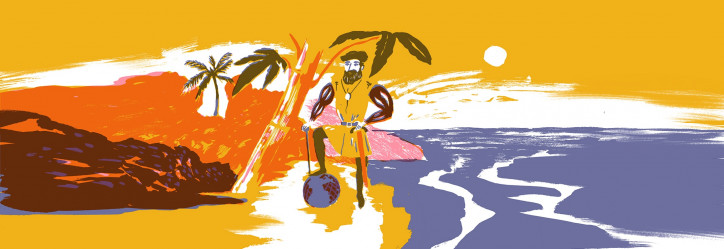
Translated from the Polish by Aga Zano


